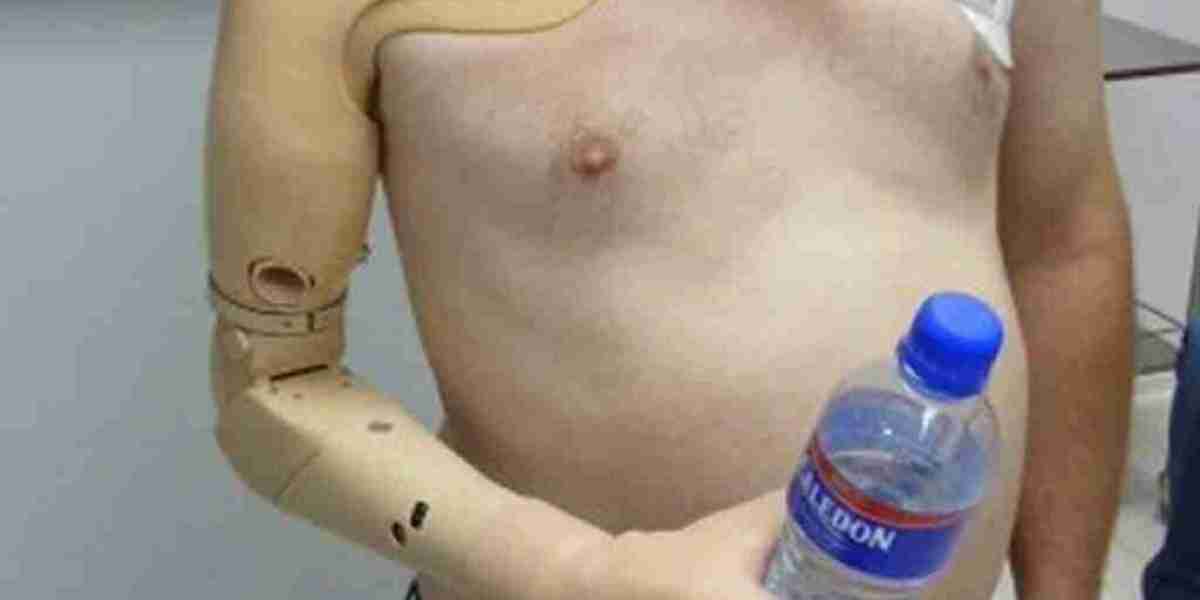The world of prosthetics is ever-evolving, bringing new hope and functionality to individuals who have lost limbs. In India, a country marked by its rapid technological advancement and growing healthcare sector, the development and availability of upper limb prosthetics – specifically for above and below elbow amputations – is a topic of immense importance. This blog aims to explore the components of above and below elbow prostheses and their availability in the Indian context.
1. Above Elbow Prosthesis: Understanding the Parts
Above elbow prosthesis parts are designed for individuals who have had an amputation above the elbow. These prosthetics are more complex due to the need to replicate the functions of both the elbow and the hand. The primary components include:
· Socket: The custom-fitted part that connects the prosthesis to the residual limb.
· Elbow Joint: A mechanical or electronic hinge that allows for bending and straightening.
· Prosthetic Forearm: This section connects the elbow joint to the terminal device (hand or hook).
· Terminal Device: This could be a prosthetic hand, hook, or specialized tool, often interchangeable depending on the activity.
· Control System: Myoelectric prostheses use sensors to detect muscle movements in the residual limb, allowing the user to control the prosthesis.
2. Innovations in Above Elbow Prosthetics in India
Advancements in above elbow prosthetics in India have been significant. Companies like Jaipur Foot and several startups are pioneering in affordable and advanced prosthetic solutions. The focus is on creating prosthetics that are:
· Affordable: Catering to the economic diversity of India.
· Functional: Ensuring a range of motion and usability.
· Culturally Appropriate: Designed keeping in mind the daily activities and cultural practices of users.
3. Below Elbow Prosthesis: Key Components
Below elbow (transradial) prostheses are used by individuals with amputations below the elbow. These prosthetics are generally less complex and consist of:
· Socket: Tailored to fit the residual forearm.
· Wrist Unit: Allows for rotation and, in some cases, flexion.
· Terminal Device: Like in above elbow prostheses, this can be a hand, hook, or other tools.
· Control System: Often simpler than above elbow prostheses, sometimes using cable-operated mechanisms or myoelectric controls.
4. The State of Below Elbow Prosthetics in India
Below elbow prosthetics in India are more widespread due to their lower complexity and cost. NGOs, government initiatives, and private enterprises work together to provide these devices. Recent trends include:
· 3D Printing: Making prosthetics more accessible and customizable.
· Community Involvement: Involving users in the design process to better meet their needs.
· Rehabilitation Services: Emphasizing not just the provision of the prosthesis but also the necessary training and therapy.
5. Challenges and Future Prospects
While there are many advancements, challenges remain. These include:
· Accessibility: Reaching remote or economically disadvantaged areas.
· Customization: Meeting the diverse needs of users.
· Awareness: Educating people about the options and capabilities of modern prosthetics.
· Research and Development: Encouraging innovation tailored to Indian conditions and needs.
The landscape of upper limb prosthetics in India is one of dynamic growth and potential. With continued innovation and a focus on accessibility and customization, the future for above and below elbow prosthetic users in India looks promising. It's a journey of technology meeting humanity, and every step forward is a stride towards a more inclusive society.








